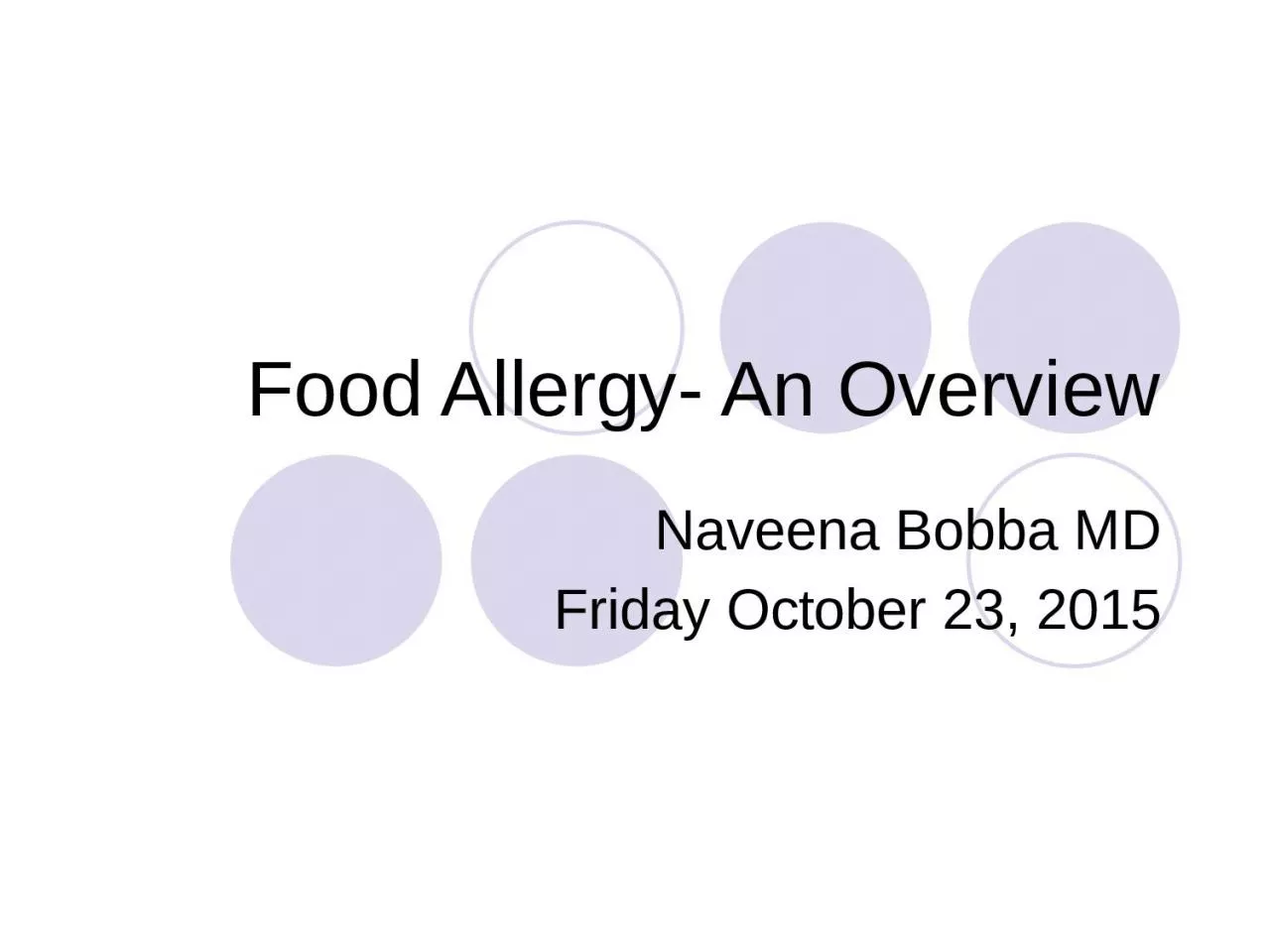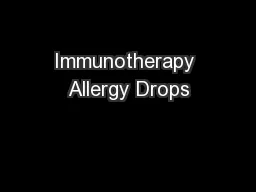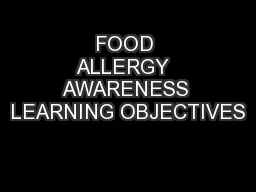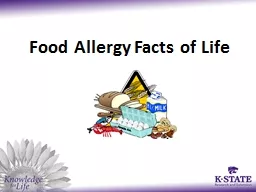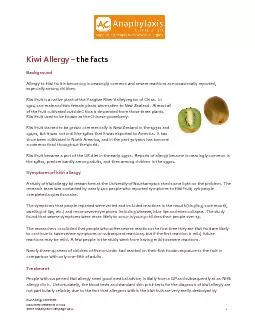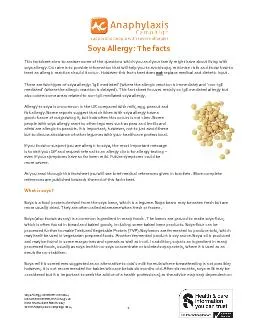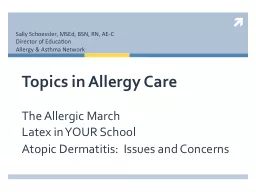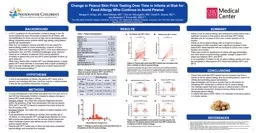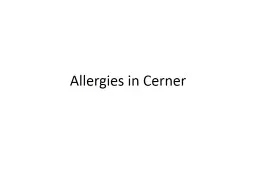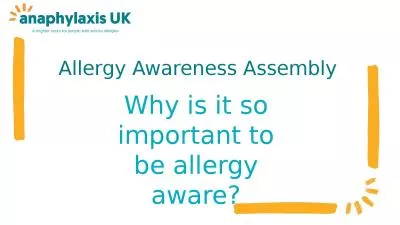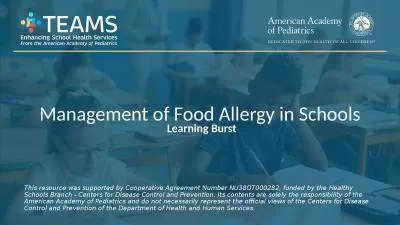PPT-Food Allergy- An Overview
Author : eliza | Published Date : 2023-11-22
Naveena Bobba MD Friday October 23 2015 Objectives 1 U nderstand the presentation of IgE mediated food allergy 2 I dentify the appropriate patients to skin test
Presentation Embed Code
Download Presentation
Download Presentation The PPT/PDF document "Food Allergy- An Overview" is the property of its rightful owner. Permission is granted to download and print the materials on this website for personal, non-commercial use only, and to display it on your personal computer provided you do not modify the materials and that you retain all copyright notices contained in the materials. By downloading content from our website, you accept the terms of this agreement.
Food Allergy- An Overview: Transcript
Download Rules Of Document
"Food Allergy- An Overview"The content belongs to its owner. You may download and print it for personal use, without modification, and keep all copyright notices. By downloading, you agree to these terms.
Related Documents

